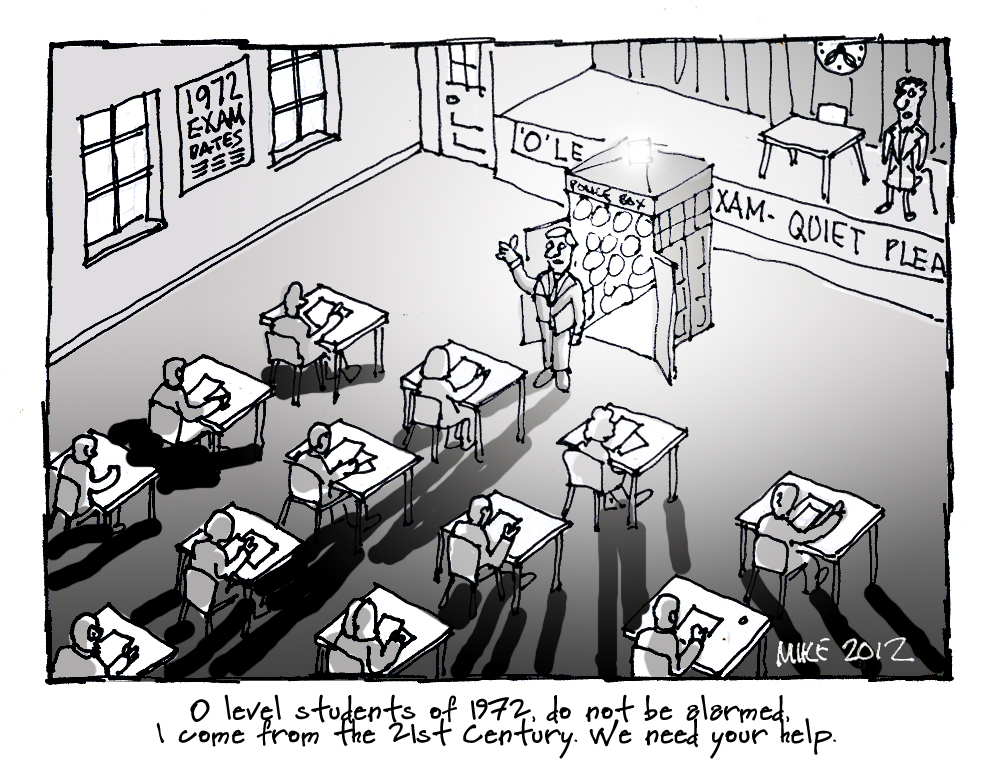Part 10 of Gender and achievement
Looking back on my 90’s thinking, I wonder if the emphasis on relative achievement by gender might not have been simply a proxy for social disadvantage and its profound impact on school and individual performance. Not a great deal of work was done on the issue raised by Samuel Jonson of ‘Which man, Sir, which woman’; on what the circumstances were which prompted a good number of girls and even more boys to do less well than their peers. Gender is after all, in this context, a pretty crude group discriminator. Of course we need analysis and data to identify individuals (and groups) who do less well in our schools but the evidence suggests that there is one overwhelming influence on relative achievement in a schools system that provides astonishing levels of resourcing and facilities for the wealthy when they opt out of our state schools, enables the better-off who stay in the state system to access successful schools because they can afford to move to and live in their catchments (Parental choice, but only for some parents) and, until recently, looked with equanimity on schools which gamed the system and off-rolled – the latest refinement of off-rolling is apparently strongly encouraging parents to opt for home schooling.

What teachers do and how they behave remain the most significant factors impacting on learning, and when we talk of learning organisations and of ‘reluctant learners’, we should be clear when considering what strategies are best pursued, that disaffected learners may be found across the whole school population.
Achievement issues are best seen and considered as if through ever decreasing concentric circles. We should consider the national picture, the local (LA or MAT) picture, the school picture, the departmental picture and the classroom picture. At the macro level, of course there is a role for local and national agencies in, for example, mapping patterns of literacy and numeracy so that resources can be effectively targeted but the two levels at which improvement can be achieved most effectively are the school and the individual classroom. The national and local pictures offer a context within which to examine patterns of achievement within a school but an examination of the school picture has to precede effective intervention and action.[3] A key question for leaders and teachers and for further research is where the balances should be struck between how best to organise for teaching and how best to organise for learning and how best to teach the subject and how best to structure classroom activity so that all pupils can achieve.
It remains important to analyse the relative achievement of groups, whether defined by gender, feeder school, socio-economic status, subject choice or any other filter. But gender is a less strong determinant of achievement than social class and we should note that disaffection and underachievement are not uniquely male characteristics. As ever, a focus on learning and teaching and an appropriate learning environment will have a greater impact on achievement than a rigid uniform policy and heavy-handed exclusion/isolation room regimes.
A recent report on the underachievement of Black Caribbean and white boys in London schools identified:
seven key ‘best bet’ areas for action to improve outcomes for all pupils from early years to post-16 study and training, but in particular black Caribbean and free school meal-eligible white boys. These areas were selected following an extensive literature review, alongside engagement with a wide range of experts and stakeholders.
‘Boys on Track: Improving support for Black Caribbean and Free School Meal-Eligible White Boys in London’, LKM, The education and youth ‘think and action-tank’ https://www.lkmco.org/
The seven areas which, clearly would benefit all pupils and have little to do with underachieving ethnic group or gender specific strategies were:
1. Enhancing pupils’ emotional wellbeing and mental health.
2. Working with parents and families, involving them in their children’s education.
3. Securing access to high quality early years provision.
4. Raising teachers’ expectations and addressing their biases.
5. Recruiting and retaining a more diverse teaching workforce.
6. Enhancing access to work experience opportunities, careers guidance, and support into employment.
7. Encouraging peer support among young people.
Despite the constraints imposed on teachers and teaching by a Govian curriculum, underfunding and a model of external accountability which constrains and limits professional judgement and innovation (for teachers and managers) a focus on methodology and pedagogy is the best way to help more young people in a school to thrive in education. Exclusion, whether by setting and streaming, exclusion rooms or off-rolling may be a short-term survival strategy for schools but not for their pupils.
[3] I recall inspecting a Catholic school some years ago which had as a priority raising the achievement of boys; in fact the school should have been far more concerned with the relative underachievement of girls which they had failed to notice.